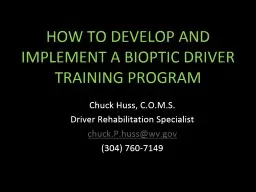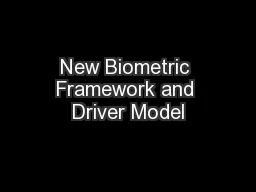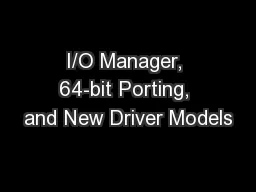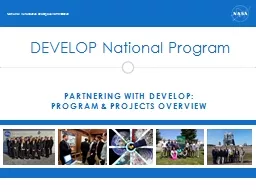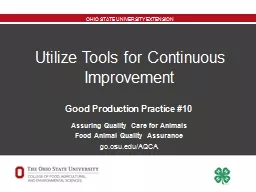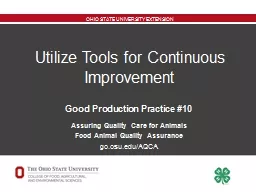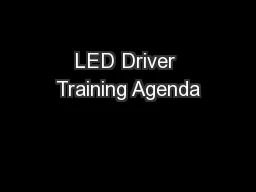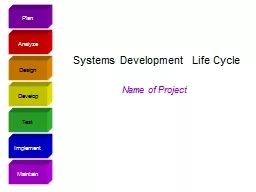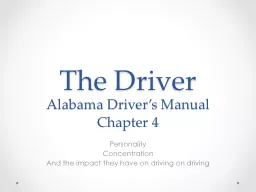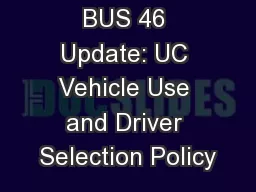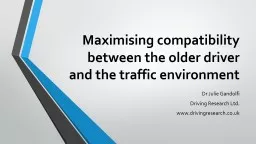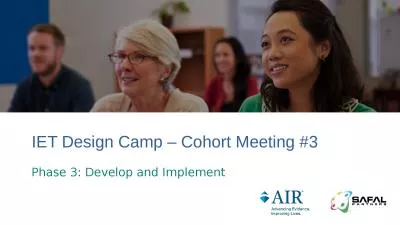PPT-HOW TO DEVELOP AND IMPLEMENT A BIOPTIC DRIVER TRAINING PROGRAM
Author : ChubbyBunny | Published Date : 2022-07-28
Chuck Huss COMS Driver Rehabilitation Specialist chuckPhusswvgov 304 7607149 2 Objective Highlight major areas of consideration when developing and implementing
Presentation Embed Code
Download Presentation
Download Presentation The PPT/PDF document "HOW TO DEVELOP AND IMPLEMENT A BIOPTIC D..." is the property of its rightful owner. Permission is granted to download and print the materials on this website for personal, non-commercial use only, and to display it on your personal computer provided you do not modify the materials and that you retain all copyright notices contained in the materials. By downloading content from our website, you accept the terms of this agreement.
HOW TO DEVELOP AND IMPLEMENT A BIOPTIC DRIVER TRAINING PROGRAM: Transcript
Download Rules Of Document
"HOW TO DEVELOP AND IMPLEMENT A BIOPTIC DRIVER TRAINING PROGRAM"The content belongs to its owner. You may download and print it for personal use, without modification, and keep all copyright notices. By downloading, you agree to these terms.
Related Documents

